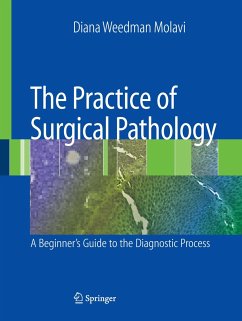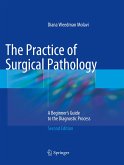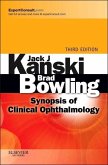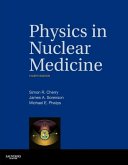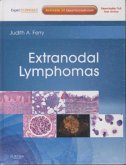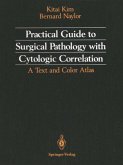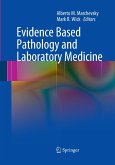In pathology education within North America, there exists a wide gap in the pedagogy between medical school and residency. Unlike other medical disciplines, in which the skills of history-taking, physical examination, and assessment are nurtured from the first year of medical school, the practice of pathology bears little resemblance to the visual gallery of pattern recognition that is second-year medical school pathology. Few medical schools have required clinical rotations in pathology, and many electives remain limited in scope and participation. The pathology intern often comes into residency painfully unprepared.
The Practice of Surgical Pathology: A Beginner's Guide to the Diagnostic Process lays the foundation of practical pathology and provides a scaffold on which to build a knowledge base. It includes basic introductory material and progresses through each organ system. Within each chapter, there is a brief review of salient normal histology, a discussion of typicalspecimen types, a strategic approach to the specimen with a list of what to look for, and a discussion of how the multitude of different diagnoses relate to each other.
The Practice of Surgical Pathology: A Beginner's Guide to the Diagnostic Process lays the foundation of practical pathology and provides a scaffold on which to build a knowledge base. It includes basic introductory material and progresses through each organ system. Within each chapter, there is a brief review of salient normal histology, a discussion of typicalspecimen types, a strategic approach to the specimen with a list of what to look for, and a discussion of how the multitude of different diagnoses relate to each other.
From the reviews:
"This book is designed to bridge the gap between medical school pathology and residency-level pathology ... . is aimed at pathology residents in the early stages of the first year, and the author has done a great job of tailoring it to this audience. ... will have great value to an incoming first year resident. ... It provides a very clear orientation to pathology of the various organs, orients readers to the microscope and descriptive terms, and gives a primer on immunostains." (Jonathan Carnell, Doody's Review Service, June, 2008)
"This book is designed to bridge the gap between medical school pathology and residency-level pathology ... . is aimed at pathology residents in the early stages of the first year, and the author has done a great job of tailoring it to this audience. ... will have great value to an incoming first year resident. ... It provides a very clear orientation to pathology of the various organs, orients readers to the microscope and descriptive terms, and gives a primer on immunostains." (Jonathan Carnell, Doody's Review Service, June, 2008)

